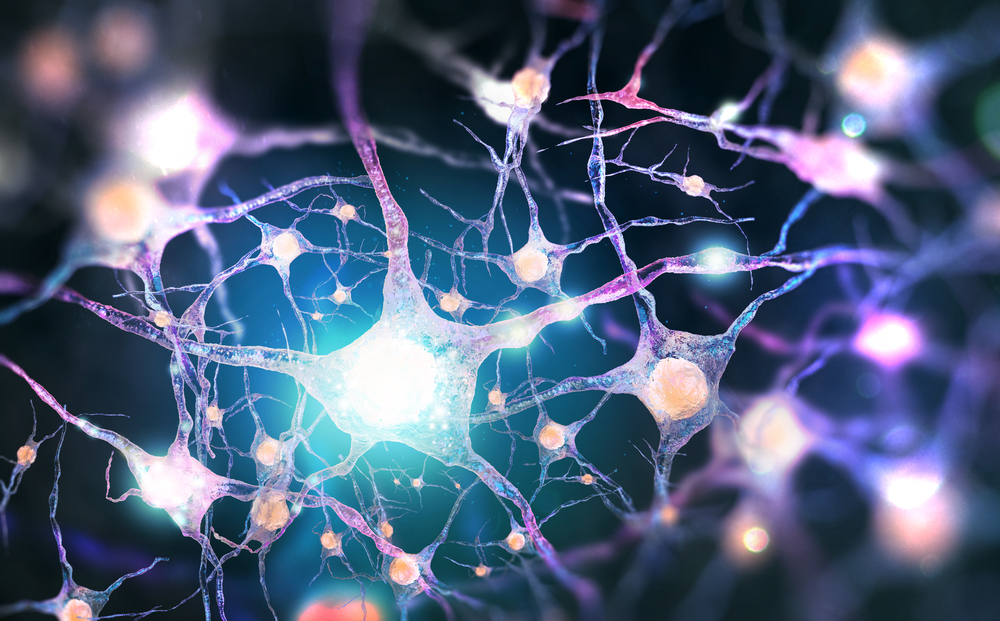ALS-linked Protein Accelerates Nerve-cell Deterioration Seen in Aging, Study Reports

Andrii Vodolazhskyi/Shutterstock
Scientists have long linked abnormal versions of the protein TDP-43 to neurodegenerative diseases such as ALS, but they haven’t had a full understanding of how it causes nerve cell deterioration.
A Japanese study in mice indicates that elevated levels of the normal version of TDP-43 can play a role in the development of ALS as well. It reports that such accumulations can accelerate the nerve cell deterioration that occurs in the natural aging process.
The research, “TDP-43 accelerates age-dependent degeneration of interneurons,” was published in the journal Scientific Reports.
Ninety-seven percent of ALS patients have high levels of faulty TDP-43, research has shown.
Several studies have also suggested that elevated levels of the normal form of TDP-43 can cause symptoms similar to ALS and FTD in mice.
Researchers at the RIKEN Brain Science Institute in the Tokyo area decided to study the effect that high levels of normal versions of the protein would have on both the aging process and nerve cell degeneration. They engineered mice to have 1.6 to two times as much TDP-43 as healthy mice.
They discovered that elevated levels of TDP-43 did not affect the mice’s short-term memory or activity — a finding that held as the mice aged. But higher TDP-43 levels had a significant effect on the mice’s movement function and long-term memory, they said.
The brains of mice with elevated levels of TDP-43 and of normal mice that were getting older contained accumulations of two proteins — p62 and poly-ubiquitin — associated with aging, the researchers discovered
This prompted the team to conclude that mice with higher levels of TDP-43 appeared to show signs of accelerated aging.
In addition, the researchers said, the accumulations of p62 and poly-ubiquitin shared features seen in both normal aging and in neurodegenerative diseases such as Alzheimer’s. This led to them speculating that their “study may provide a possible link between FTD/ALS and other neurodegenerative diseases.”
The mice with higher levels of TDP-43 also had abnormal levels of 122 genes, including many involved in nerve cell function and oxidative stress, the team reported. Oxidative stress is thought to be one of the causes of nerve cell death in ALS. It is an imbalance between the body’s production of free radicals and its ability to counteract their harmful effects.
The researchers concluded that “TDP-43 accelerates age-dependent neuronal degeneration, which may be related to the impaired memory of TDP-43 transgenic [models of] mice.”






